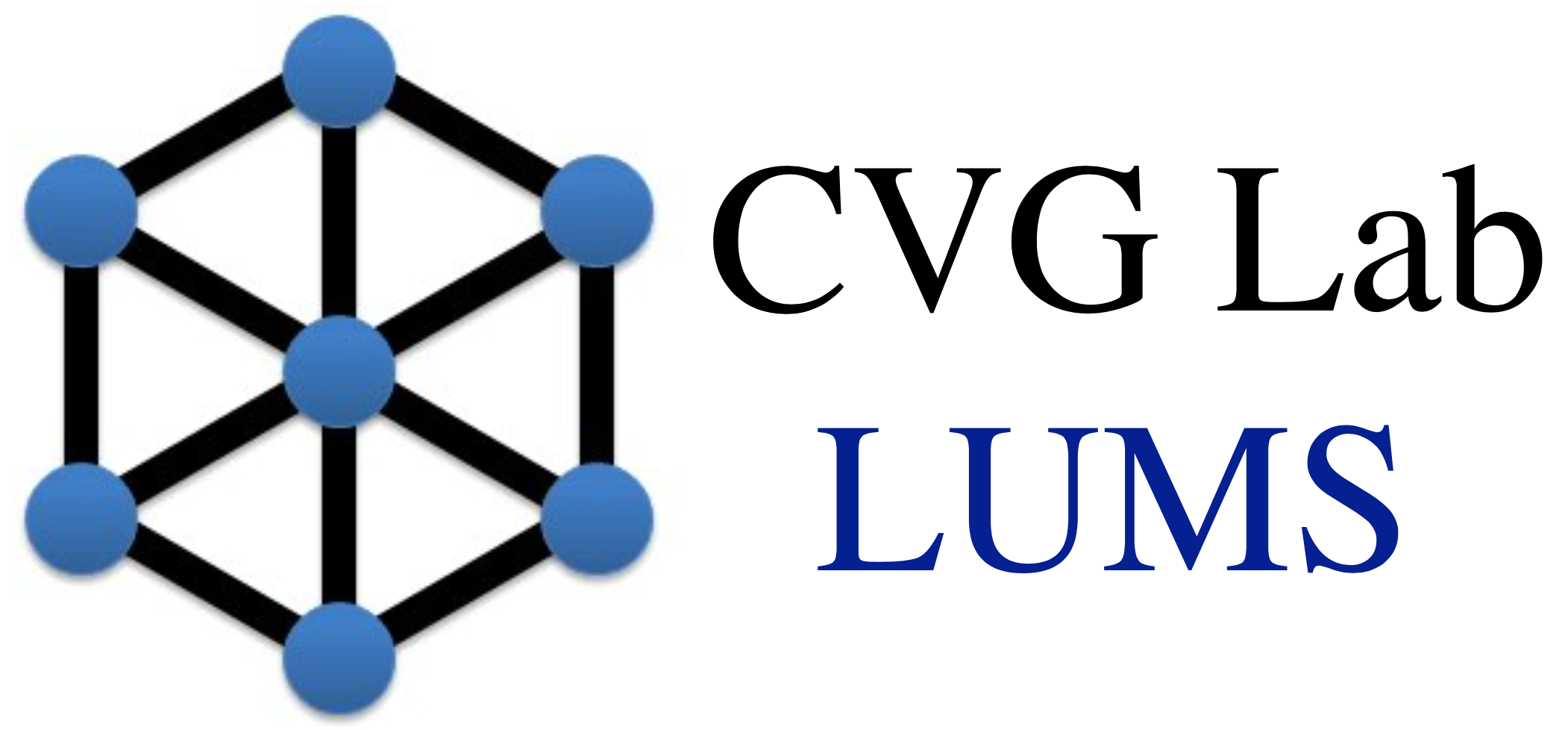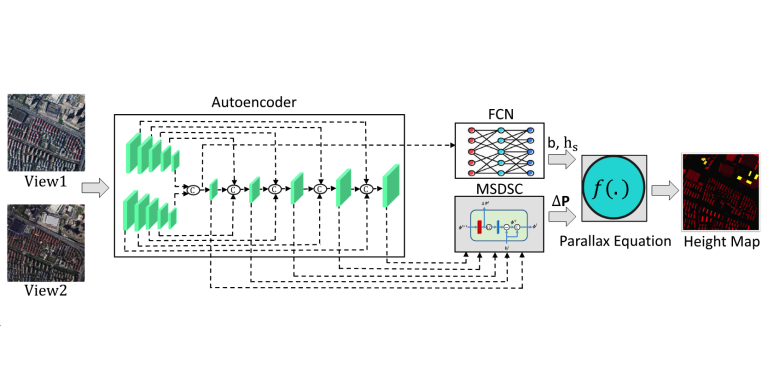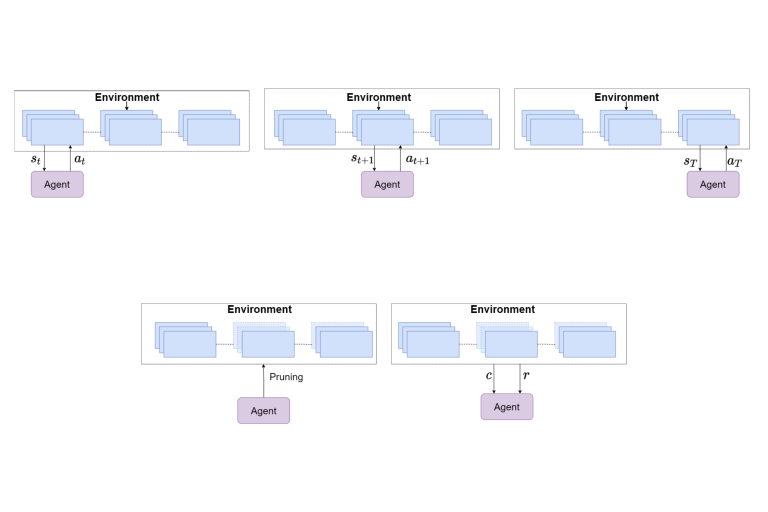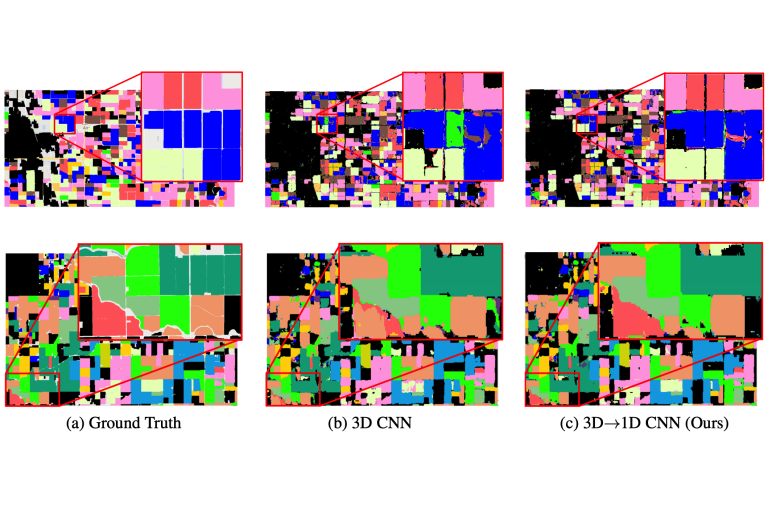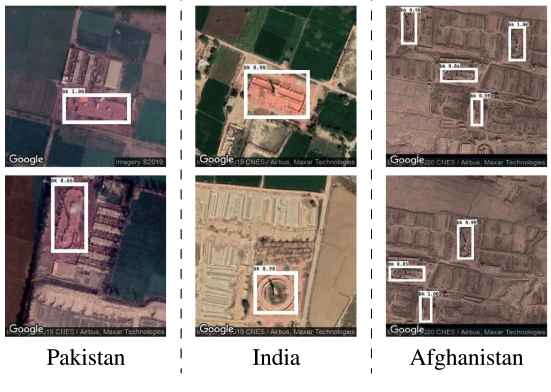JMP2024 – An exploratory deep learning approach to investigate tuberculosis pathogenesis in nonhuman primate model
Faisal Yaseen, Murtaza Taj, Resmi Ravindran, Fareed Zaffar, Paul A. Luciw, Aamer Ikram, Saerah Iffat Zafar, Tariq Gill, Michael Hogarth and Imran H. Khan Abstract: Background Tuberculosis (TB) kills approximately 1.6 million people yearly despite the fact anti-TB drugs are generally curative. Therefore, TB-case detection and monitoring of therapy, need a comprehensive approach. Automated radiological…
